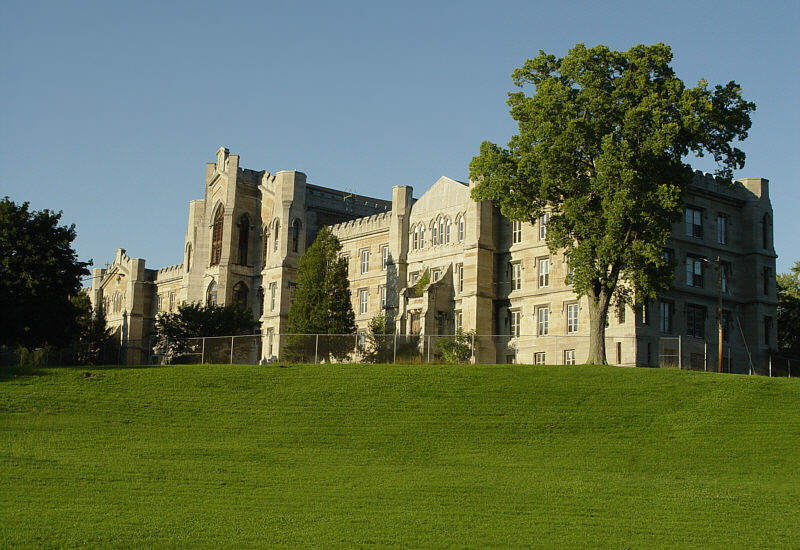
People
After attending two courses of medical lectures in Philadelphia, Turner was licensed by the Maine Medical Society and relocated to Trenton, New Jersey, where he practiced for two years. The experience of caring for a dypsomaniac uncle during this time led him to formulate "the idea of an inebriate asylum, where such cases could be secluded, housed and treated", according to his biographer, Dr. Thomas Davidson Crothers. Around 1843, Turner received support for his idea from Doctors Francis and Mott in New York, who were experienced in establishing special purpose medical institutions. Francis had been a founder of the Woman's Hospital in New York, and Mott was the driving force behind the Hospital for Operative Surgery. The physicians had extensive contacts abroad and urged Turner to travel to observe the treatment of inebriates in European hospitals, asylums and prisons and solicit endorsements for his idea. Turner traveled in 1843 and 1844 to Glasgow, Edinborough, London and Paris, and later, in 1848, to St. Petersburgh, Moscow, Germany, Italy and France. During the interim, Turner visited similar institutions in New York and Philadelphia. Although he obtained few written endorsements by 1850, Turner compiled an impressive body of empirical research on the subject, which he published as The History and Pathology of Inebriety in 1854. Describing his research, Turner wrote, "We have dissected three hundred and forty-two subjects who have died from the disease of inebriety, made four hundred and sixty post mortem examinations, attended fourteen hundred |